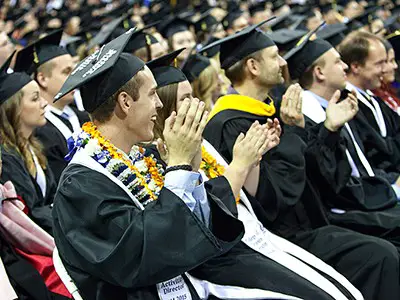The state of Utah has been ranked No.1 across the United States when it comes the lowest level of debt among students, according to the latest annual report by The Institute for College Access & Success (TICAS).
The report, which was released on September 19, has revealed that Utah student graduates have an average debt of $18,838 – much less than the national average of $28,650.
The Student Debt and the Class of 2017 report points out wide variations in debt levels across different states and colleges. The low-debt states are mainly concentrated in the West, and high student debt-ridden states remain concentrated in the Northeast.
Utah is followed by New Mexico, which ranked second with the average debt of $21,237. Nevada ranked third with $22,064, Wyoming fourth with $22,254 and California fifth with $22,785.
At the same time, Connecticut – with $38,510 – ranked at the top when it comes to students with the highest debt burden, followed by Pennsylvania, Rhode Island, New Hemisphere, and Delaware.
“State and national averages mask important differences in who carries debt and whether they can repay it,” said Diane Cheng, research director at TICAS and a coauthor of the report. “It’s clear we need to do far more to protect the most vulnerable students. A college degree is a powerful tool for social mobility, but unaffordable student debt can hold borrowers back.”
The report also found that students of color and low-income students struggle to repay the loans.
“While student loans can be an excellent investment, there is a crisis among the millions of students who struggle to repay their loans, and they are disproportionately students of color or from low-income families,” James Kvaal, TICAS president said. “We need to invest more in student aid and in colleges to reduce students’ need to borrow, and make their loans easier to repay.”
The report has attributed high debt levels to less spending by the government on providing aid to the students, which remains below pre-recession levels and has sought an increase in federal grants and the strengthening of Pell Grants.



